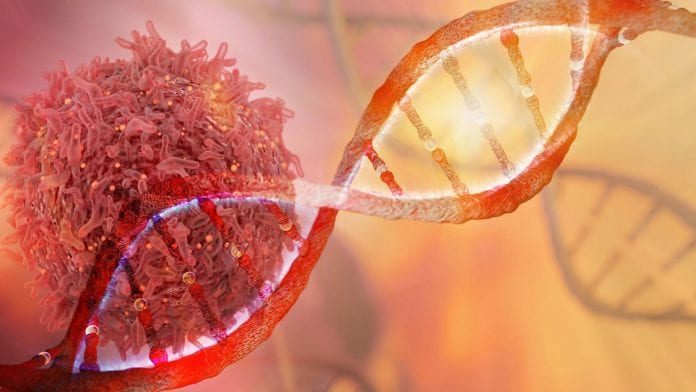
New research will facilitate the manufacturing of pancreatic islet cells from stem cells and might help combating type 1 diabetes with replacement therapy.
Scientists made a breakthrough discovery whereby the signals that determine the fate of immature cells are located in the pancreas, therefore showing that the cells are very mobile and that their destiny is strongly influenced by their immediate environment. Such research has the potential of making a great leap in advancing replacement therapy in type 1 diabetes and other neurodegenerative diseases.
Replacement therapy in type 1 diabetes
Type 1 diabetes is an autoimmune disease destroying the insulin-producing beta cells in the pancreas of a patient. Current approaches for replacement therapies aim to generate insulin-producing beta cells from human pluripotent stem cells.
Until now, the engineering of specialized cells from pluripotent stem cells has largely been based on empirical knowledge of what works, however according to Professor Dr. Henrik Semb, the researchers have “now been able to map the signal that determines whether pancreatic progenitor cells will become endocrine, such as insulin-producing beta cells or duct cells.”
Semb is the Director of the Institute of Translational Stem Cell Research at Helmholtz Zentrum München, Germany, as well as Professor and Executive Director of the Novo Nordisk Foundation Center for Stem Cell Biology (DanStem) at the University of Copenhagen, Denmark.
Semb explains: “The cells are analogous to pinballs, whose ultimate score is based on the sum of pin encounters. They are constantly moving around within the developing pancreas, leading to frequent environmental changes. We show that the exposure to specific extracellular matrix components determines the ultimate destiny of the cells”
Self-renewal capacity
Progenitor cells are similar to stem cells since they can both self-renew and differentiate into mature cell types. However, their self-renewal capacity is generally limited compared with that of stem cells. The dynamic behaviour of progenitors during organ formation makes them difficult to study. To overcome this obstacle, the scientist seeded human stem cell-derived progenitors on glass slides micropatterned with different matrix proteins. Using this approach, the researchers could study how each progenitor, without the influence of neighbouring cells, reacts to its surroundings.
Pancreatic endocrine cells include all hormone-producing cells, such as insulin-producing beta cells and glucagon-producing alpha cells, within the islet of Langerhans, whereas the duct cells are epithelial cells that line the ducts of the pancreas.
The experiments essentially show that exposure to the extracellular matrix laminin instructs the progenitor cells towards an endocrine fate by reducing mechanical forces within the cells. Vice versa, exposure to fibronectin results in a duct fate because of increased mechanical forces.
We can now exploit replacement therapy
With this new strategy, insulin-producing beta cells can now be more cost-effectively and robustly produced from human pluripotent stem cells for future treatments against diabetes.
Semb adds: “Our discovery breaks new ground because it explains how multipotent progenitor cells mature into different cell types during organ formation.”
“It also gives us the tools to recreate the processes in the laboratory, to more precisely engineer cells that are lost or damaged in severe diseases, such as type 1 diabetes and neurodegenerative diseases, for future cell replacement therapies.”









